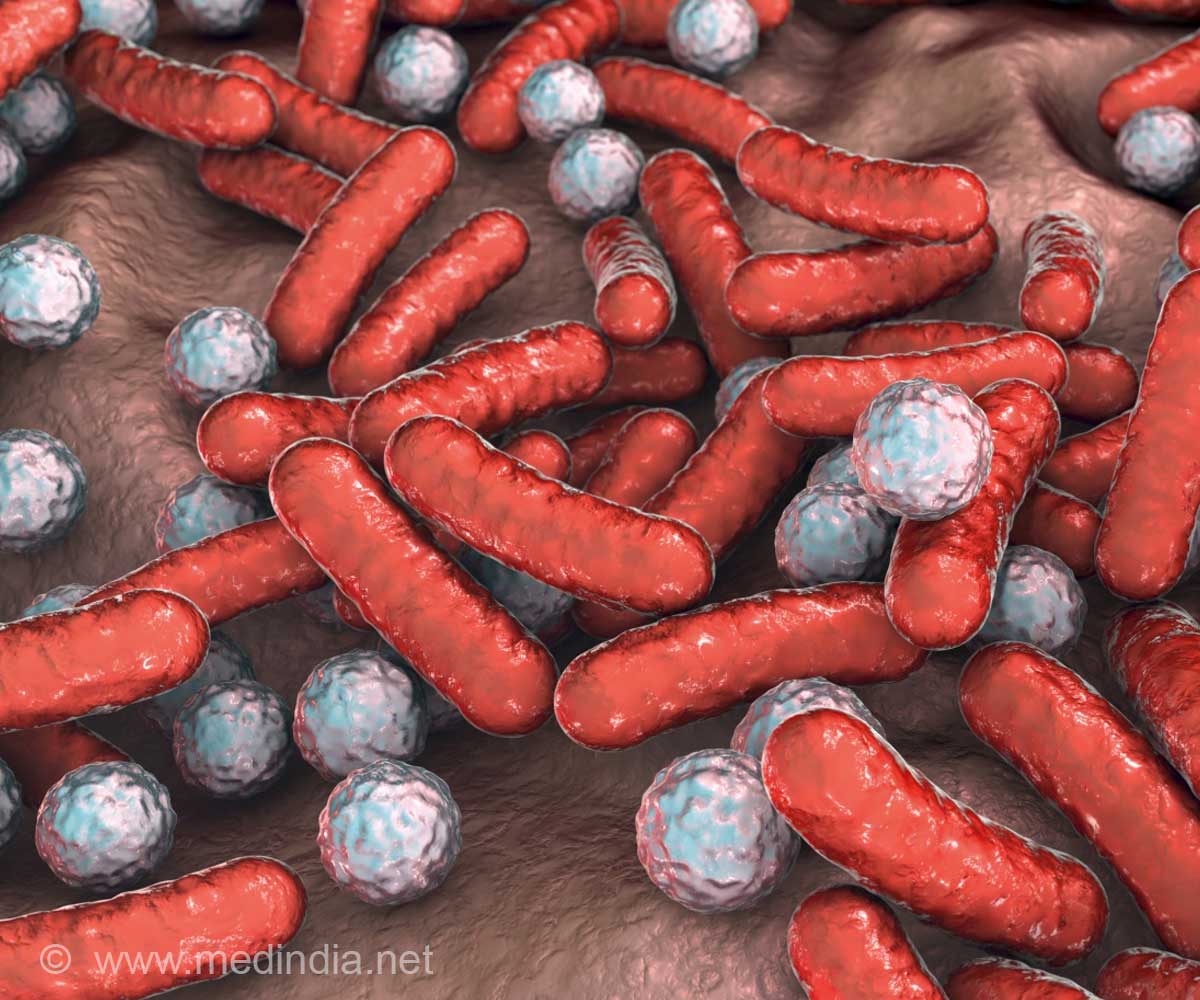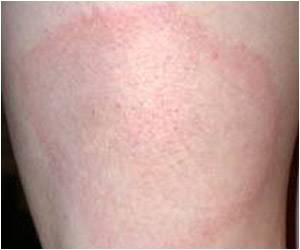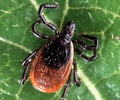Research reveals that bacterial pathogens that cause Lyme disease and syphilis are highly invasive.

Dr. Wolgemuth and his team, in collaboration with Dr. Justin Radolf at the University of Connecticut Health Center, found that the swimming speeds of the bacteria decrease with increases in the viscosity of their external environment, even though their motors—called flagella—are entirely intracellular. The team then used mathematical modeling to determine how these flagellar motors propel the undulating bacteria forward through viscous fluids. Finally, they fit their simulated data to their experimental data to reveal how external forces affect the movement of the Lyme disease and syphilis spirochetes.
The researchers also showed that both types of spirochetes (syphilis's Treponema pallidum and Lyme disease's Borrelia burgdorferi) respond to changes in viscosity in a similar manner and can be explained by the same biophysical model. "Since the syphilis bacterium cannot be cultured in the lab, our results show that data derived from studying the Lyme disease bacterium is highly informative about the syphilis bacterium and can be used as a 'surrogate' for it," says Dr. Wolgemuth.
Source-Eurekalert
 MEDINDIA
MEDINDIA




 Email
Email










